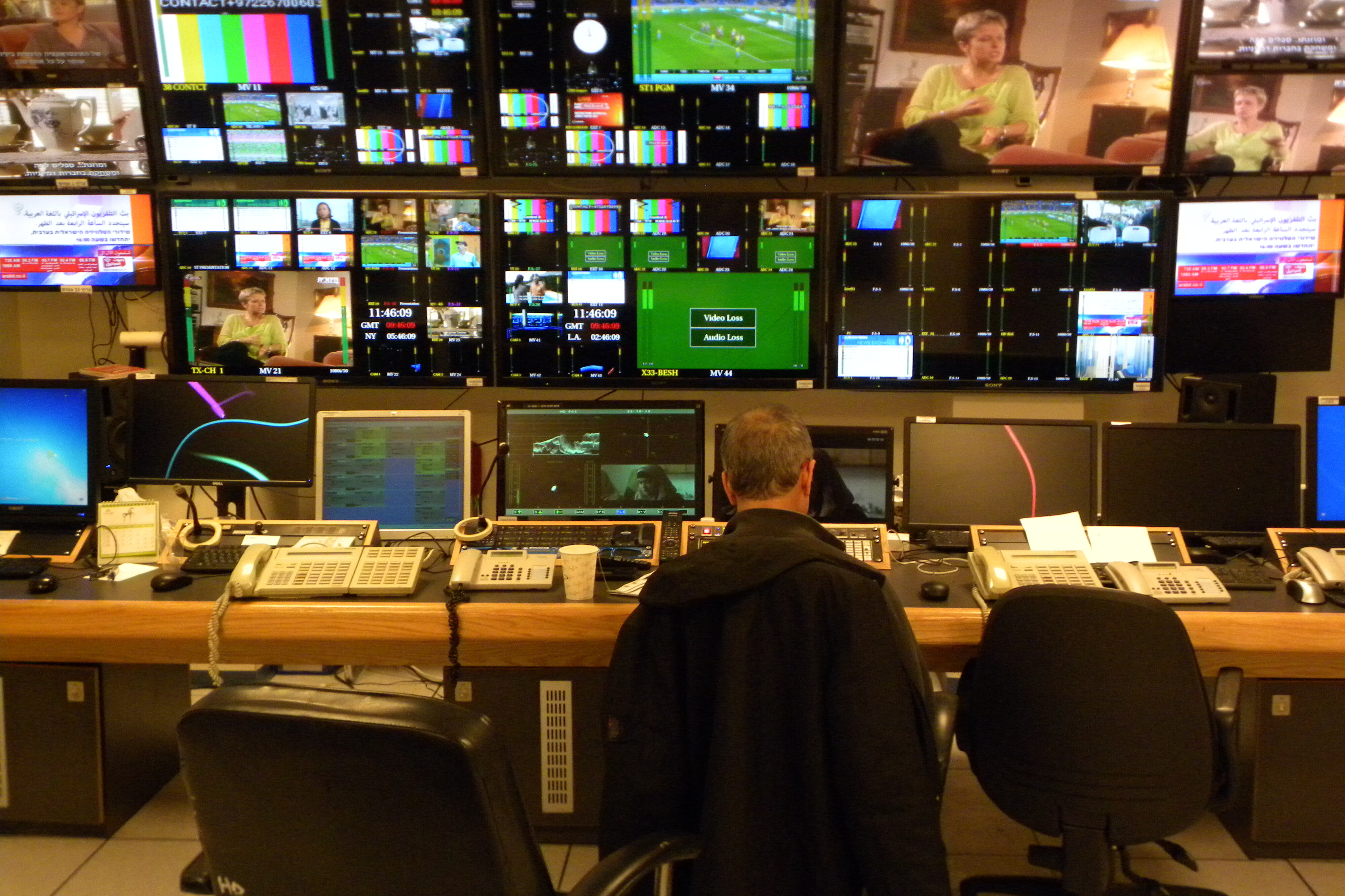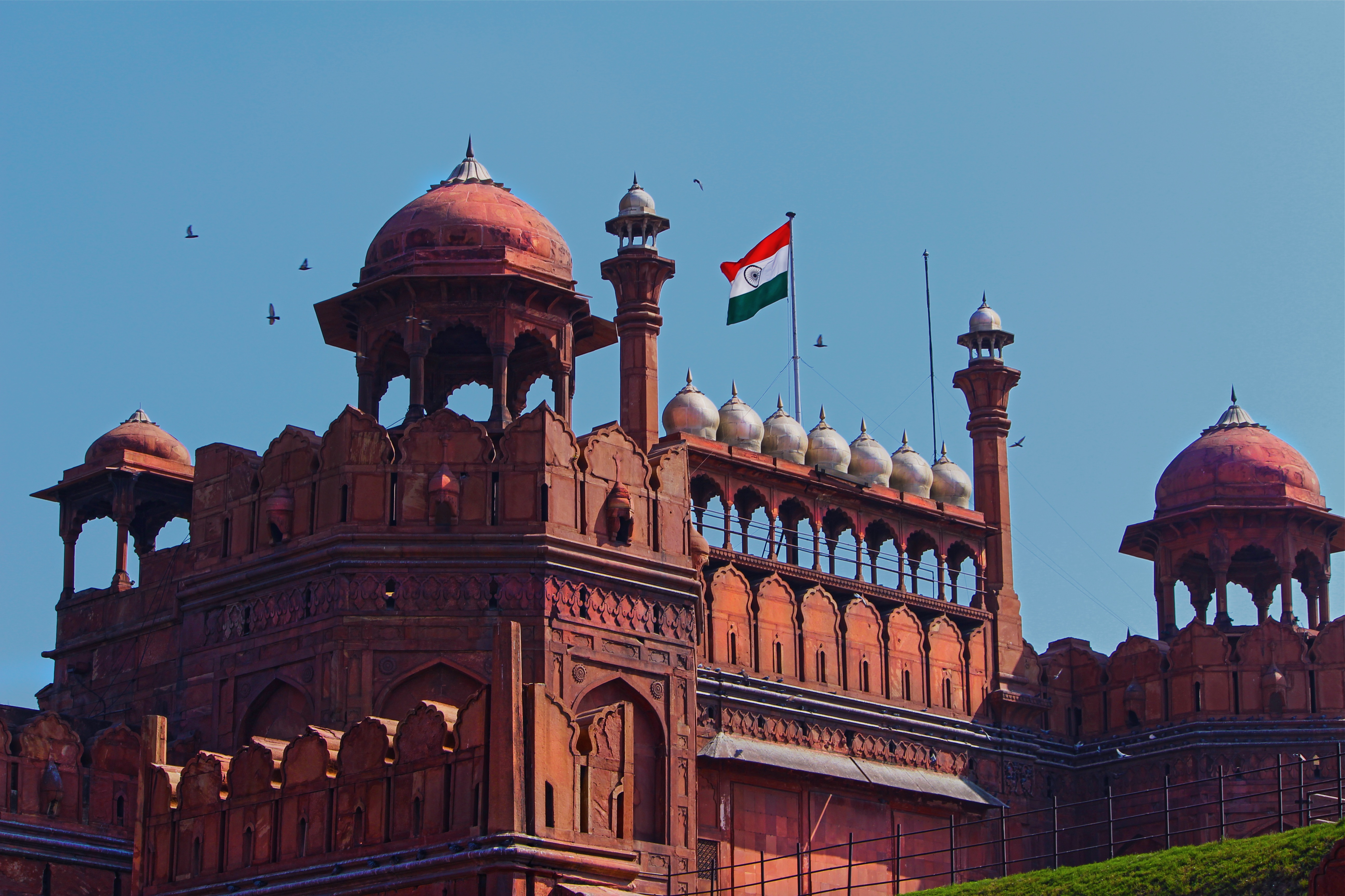Public broadcasting in India has been developing amidst challenges, bans and incomplete digital transitions. There also remains considerable hostility towards journalists across the country.
After launching a new channel, a slow transition to digital transmission and a halted ban for NDTV, public service broadcasting (PSB) in India has been developing and reaching out to new audiences in the last few months, despite faltering freedom of expression in the country. Below, we have put together a list of the most recent developments and changes in the country’s PSB sector. Prasar Bharati is India’s PSB, which also comprises of Doordarshan (DD) and All India Radio (AIR).
- Audience boost: The past year closed favourably for the public broadcaster. Doordarshan shared its audience figures for 2016, which revealed that the gross viewership rose to 172 million weekly compared to 133million in 2015. In addition, the broadcaster stretched its effort to reach out to more remote areas in the country by launching the DD Kisan Channel. This new addition aims to include audiences in rural areas with content that features agriculture, weather, rural development and targeted entertainment.
- A revamp coming soon: In early 2014, Prasar Bharati received a recommendation by the Sam Pitroda expert committee, which suggested the public broadcaster should undertake a “comprehensive manpower audit and HR planning exercise” in order to move more in line with Prasar Bharati’s mandate. Now, under the possible aid of a private agency, the public broadcaster will soon seek to eliminate any redundant positions across all offices as well as Doordarshan’s and All India Radio’s, while also selling “idle assets”. “The decision was long pending,” said an official. “The revenue earned by DD and AIR is much less than the regular expenditure of Prasar Bharati towards the salaries of employees and the internal extra-budgetary resources of DD and AIR.”
Doordarshan had already revamped its news studios in late winter. This newly planned overhaul will also include a visual makeover of the public broadcaster and its marketing.
- Plans for a new regulator: India currently has a series of media regulators controlled by the Minister of Broadcasting, which control both broadcast and print. There are also regulatory bodies for advertising and ways to deal with obscene content and misconduct as well as foreign investment in media companies and the use of drones and photography. However, the government is now seeking to create an additional body in charge of dealing with grievance redress problems and controversial content that could be transmitted via TV or Radio. These are currently dealt by broadcasters via self-regulation.
- New collaborations ahead: At the end of May, the Indian broadcaster signed an agreement with Moroccan Société Nationale de Radiodiffusion et de Télévision (SNRT) to strengthen cooperation between the two countries in the broadcasting sector.
In other news
- Repression of journalists: At the end of May, police assaulted 50 media workers in Kolkata as they reported a protest organised by the Communist Party of India. Other journalists were involved in a separate accident in another part of the city while protesting against the previous weeks’ attacks in the same area – they were assaulted too. In addition, last winter, the Indian government was heavily criticised for not allowing FM and community radio stations to broadcast their own news because the lack of regulation on their content would pose possible “security risks”.
- Social media bans: The threats to journalists – and to freedom of speech at large – continued as the Indian government banned 22 social media sites at the end of April and suspended mobile internet signals, under the pretext of them being used to incite violence. Throughout April, access to the internet continued to be limited as protests ensued. On April 26 the government declared a complete ban for one month in Jammu and Kashmir “in the interest of maintenance of public order”. Social media sites were also blocked in the city of Bhadrak to prevent the spread of violence. India is currently ranked 136th out of the 180 countries listed in the 2017 World Press Freedom Index.
The links above are to original stories, which are not produced by PMA. ‘Focus on PSM’ pulls together stories from regions experiencing periods of heightened debate about the role of public media. PMA does not necessarily endorse these stories nor do they necessarily reflect the view of PMA.
Header image: New Dheli, India. Credits: Andrzej Wrotek/Creative Commons
Related Posts
15th November 2016
Prasar Bharati gets ready to launch new channel for north east India
The Indian public broadcaster will…

